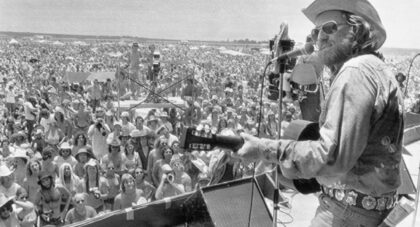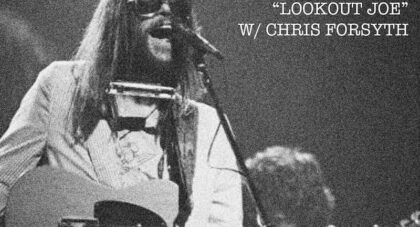Produced underneath the guidance of Verve Records founder, Norman Granz, Jammin’ The Blues was released on May 5th, 1944. Granz’s objective was to showcase the top jazz musicians of the day and shed light on the shifting musicality of the genre, which had begun transitioning away from the populous swing arrangements of big bands in favor of smaller groups experimenting with rhythm & blues and free form improvisations . . .
Only the good shit. Aquarium Drunkard is powered by its patrons. Keep the servers humming and help us continue doing it by pledging your support.
To continue reading, become a member or log in.


